Description
Name in North American Boletes: Boletus rubripes
Genus: Caloboletus
- Genus 2: Boletus
Species: rubripes
Common Name: “Western Bitter Bolete”
- Common Name 2: “Red-Stemmed Bitter Bolete”
Tells: Pale cap flesh blues instantly, tastes bitter & often smells bad. Yellow pores blue instantly. Buff to olive- or gray-brown cap bruises brown & often cracks & fissures w/age.
Other Information: Stem is yellow on top, & bright pink- to purple-red moving down, but can also be a plain buff. Stem bruises blue, then slowly fades to gray-olive. Confirmed findings in Long Island on west coast wood mulch.
Science Notes: DNA testing moved this mushroom from Boletus to a newly erected genus called “Caloboletus”.
Edibility: Avoid. Too bitter to eat.
CHEMICAL TESTS:
- NH4OH (Ammonia): No data.
- KOH: Cap flesh turns yellow-orange.
- FeSO4 (Iron Salts): No data.
Links:
 |
0 |  |
0 |  |
153 |

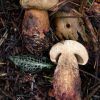
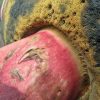
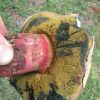
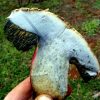
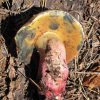
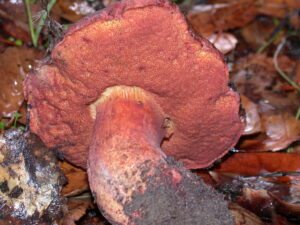
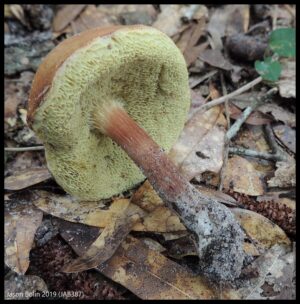
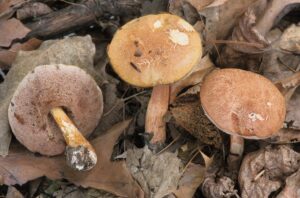
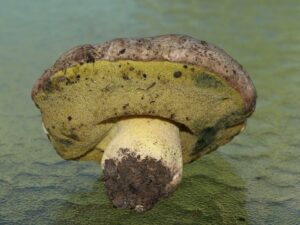
Got something to discuss?
Believe I just saw one in Ohio.
Believe I may have tried to cook and eat one on Kitsap peninsula in wa. Mistook it for a different bolete. It didn’t smell bad, but it didn’t make it past the first taste bud before I spit it out. Nasty 🤢